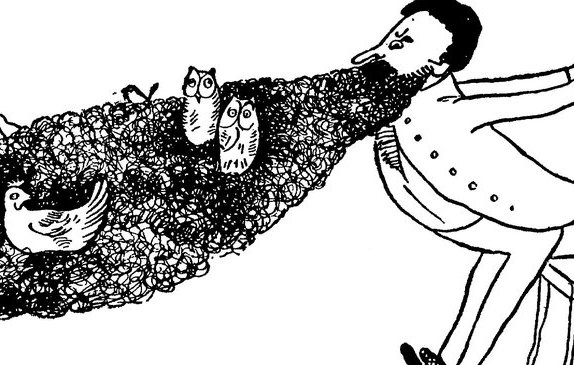A limerick is a funny poem with five lines. Limericks can be a great way to introduce your child to poetry and show them that they can write a poem!
One of the most important parts of a limerick is the rhythm. Watch the film below and learn how to perform the rhythm of a limerick using just a cup.
Learn to write a limerick
Now your child knows the rhythm of a limerick, they are ready to start writing. Share the guide below with your child and have a go together!
You will need:
- A pen
- Some paper
- A plastic cup or empty pot such as an empty yoghurt pot
Discover the rhyme-scheme of a limerick
Read the following limerick out loud. We’ve highlighted the rhyming words. Try tapping the rhythm with your cup.
The Tree on my Street
There once was a tree on my street,
I asked what it wanted to eat?
It said “I’m a tree!
You can’t talk to me!”
And ran away shaking its leaves.
Have a go at writing a limerick!
To write a limerick you will need to think about a person, place or thing that you want to focus on in your poem.
- Why is your home town a special place?
- Where are you excited to go?
- Who do you love? Who are you excited to see?
- What or who makes you laugh or smile?
- Can you remember a silly story about the place where you live?
Line 1: Make a start
Start your first line with the words: There was…
Continue to describe your chosen person, place or thing. Remember to tap the rhythm with your cup.
Line 2: Develop the story
In the second line of your poem, you need to add some detail about the person, thing or place.
- What happens?
- What does it look or feel like?
- Does the person say something?
- Do you say something?
Lines 3 and 4: Surprise us with something silly!
In lines 3 and 4 you need to surprise us!
- Does Nottingham Castle wear a pink dress?
- Can your dog meow like a cat?
- Was the mountain actually a volcano all along?
- Does the grass in the football stadium turn blue?
- Does everyone in the city suddenly smell something… funky?!
Top tip: Make these lines as silly as possible! Remember that these lines need to rhyme together.
Line 5: the punch line!
Think about your favourite joke. The ending of the joke, called the punch line, is what makes us laugh or smile. What would be the silliest possible ending to your poem?
Editing your poem
Check the rhymes
Go over your poem and check that the lines rhyme in the following way:
Line 1, line 2 and 5 rhyme
Lines 3 and 4 rhyme
Check the silliness!
Is there a way to make your poem even sillier? Don’t hold back, this is your chance to be as silly as possible!
Performing your poem
Gather everyone in your house together and stage a performance. You could perform with your cup if you want to. Ask your audience for feedback:
- Is the poem silly enough?
- Does it tell a short story?
- Can they hear the rhymes?
- Can they hear the rhythm?
Take it further…
Why teach a friend or family member all about limericks? You could even show them the limerick cup song.
